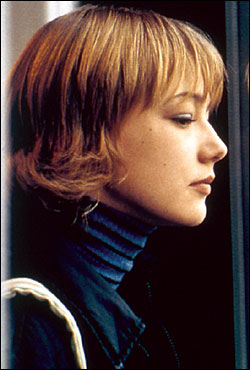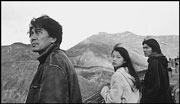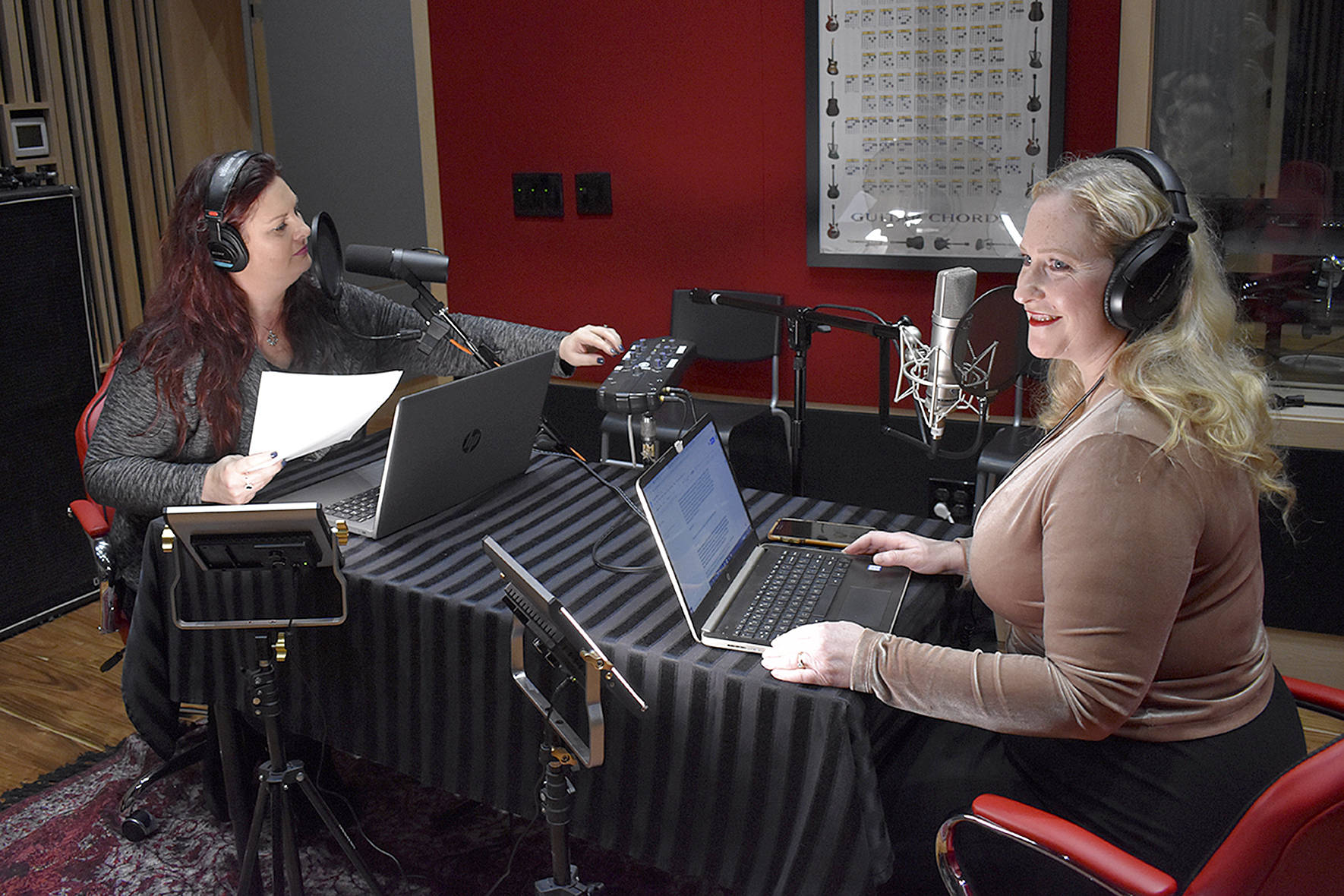Very peculiar business, The Ivan Moffat File (Pantheon, $26). It’s subtitled Life Among the Beautiful and Damned in London, Paris, New York, and Hollywood, and would that it were that. Instead, it’s the excruciatingly discreet memoirs of Hollywood screenwriter Ivan Moffat (1918–2002), a very well-born Englishman indeed: His maternal grandfather was Sir Herbert Beerbohn Tree, one of the great actor- managers of his day, and every one of the women in his family was a celebrated beauty with an equally celebrated wit. (The Trees still litter the pages of Vogue, and not just British Vogue, either.)
Moffat was born at the end of World War I to Curtis Moffat, a designer-photographer, and Iris Tree, a “poet-actress-adventuress,” who together had barely enough basic common sense to raise a kitten. Ivan was shipped off to his formidable grandmother, Lady Tree, under whose charge he became a polite, solitary boy and a collector of the praying mantis.
For anyone with a fascination for this interwar period, the heyday of Augustus John, Bertrand Russell, Nancy Cunard, Osbert Sitwell, Lytton Strachey, and up through Man Ray, there are pretty good stories here. However, they’re told not by Moffat but by Gavin Lambert, author, screenwriter, friend, and pluperfect observer of Hollywood, old and new. Editing Moffat and adding portions of his own, he’s given the book what shape it has, which is that of a loose-leaf notebook covered in old velvet.
It begins with a 64-page introduction by Lambert, a Cliffs Notes, as it were, to Moffat’s life, which took him from London to Philadelphia to his enlistment in World War II to his desultory career in Hollywood. This is Lambert at his best and most generous (he previously penned Natalie Wood: A Life). The introduction is followed by “Absolute Heaven,” Moffat’s own recollections, which at times are a hard slog. It’s a pity, but it’s absolutely his nature. Moffat will do a fine quick character sketch, for example, of one of the great loves of his life, the writer (and, needless to say, beauty) Caroline Blackwood, then follow it with wholesale retreat when feeling is required. It is not until Lambert’s afterword, for example, that we learn that the middle one of Blackwood’s three daughters proved—by a DNA test—to be Moffat’s. (Her name, Ivana, might have been a clue.)
To the surprise of no one who pays attention to Lambert’s quiet delineation of Moffat’s background, or his mother’s bespangled international crowd, he lingered at the outskirts of nearly every group he was in, and the strongest note of “Absolute Heaven” is melancholy. The Ivan Moffat File also includes some of his letters, along with a section titled “Voice Prints,” transcriptions of Moffat’s commentaries on wide-ranging subjects, from the liberation of Paris to his recollections of George Stevens (whom he met in the army and subsequently worked for in Hollywood). There are even chunks from a few of Moffat’s screenplays, including A Place in the Sun and Shane, and character studies he wrote for Giant. It was said about Moffat that his great talent was for conversation; it’s a pity his writing voice is as reedy and ephemeral as it is.








